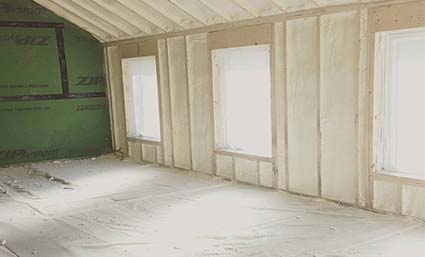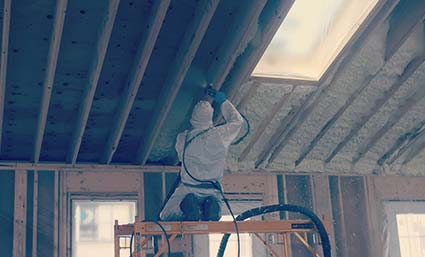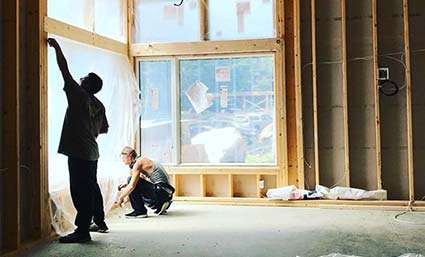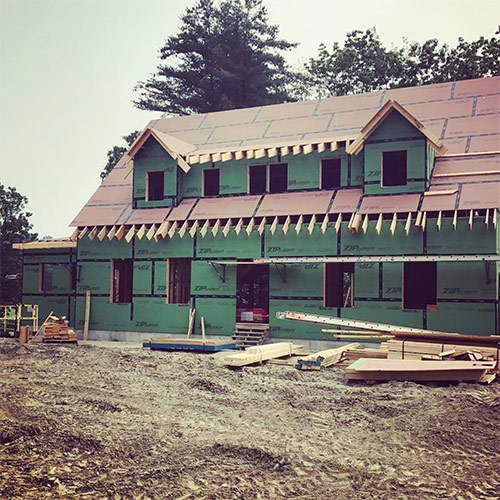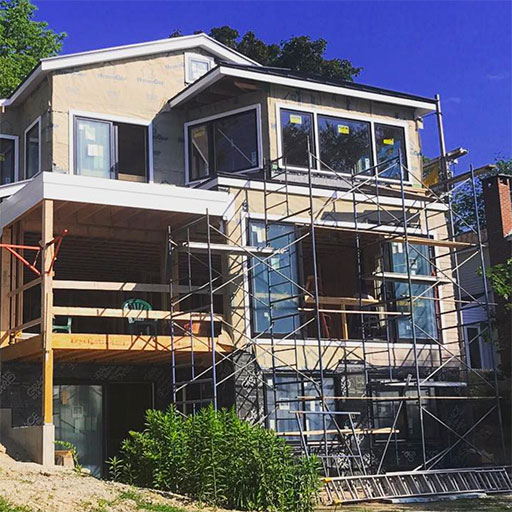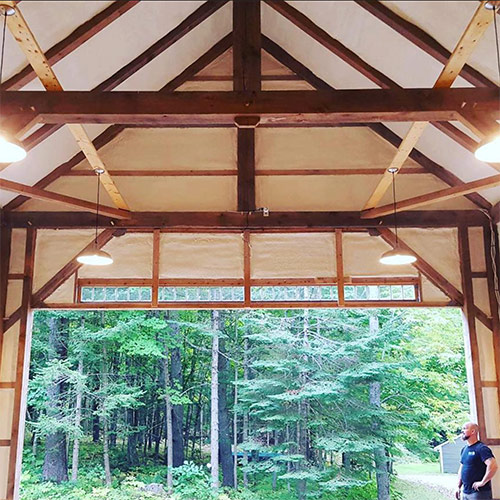Heating systems are necessities for homes or buildings, particularly in the cold winter months when temperatures plummet. However, traditional heating methods can be costly and inefficient, leading to higher energy expenses and a negative environmental impact.
For this reason, in-floor heating systems offer an efficient and budget-friendly solution, but the key to maximizing their effectiveness is in the proper installation of floor insulation. This post will dive into all aspects of in-floor heat insulation.
UNDERSTANDING IN-FLOOR HEATING
In-floor heating systems, also known as radiant heating, involve a network of pipes or electric heating elements embedded in the floor to evenly disperse warmth throughout a space. Compared to conventional heating systems reliant on air circulation, in-floor heating provides superior and consistent heat distribution, enhancing temperature control and overall comfort.
Nevertheless, for optimal performance, proper insulation in place is necessary. Without insulation, heat loss through the floor can occur, leading to lower energy efficiency and increased costs.
ADVANTAGES OF IN-FLOOR HEAT INSULATION
- Energy Efficiency: In-floor heat insulation significantly reduces heat loss through the subfloor, leading to increased energy efficiency, lower energy bills, and a reduced environmental impact.
- Comfort: Proper insulation ensures even heat distribution, eliminating cold spots and creating a more comfortable living environment.
- Quick Response Time: Insulation enables the heating system to respond rapidly to temperature adjustments, offering immediate warmth when needed and reducing operating costs.
- Noise Reduction: In-floor insulation serves as a sound barrier, reducing noise transmission between floors.
4 TYPES OF IN-FLOOR HEAT INSULATION
Several options for in-floor heat insulation are available, each with its unique advantages and disadvantages.
1. Radiant Barrier Foil Insulation
Radiant barrier foil insulation consists of thin aluminum foil sheets laminated onto plastic films, reinforced with kraft paper or fiberglass. It’s made to reflect radiant heat away from the room, thus preventing it from escaping the building. This insulation type reduces heat loss by as much as 97%, making it highly efficient in warmer climates such as Southern Maine.
2. Foam Board Insulation
Foam board insulation is the most common in in-floor heating due to its exceptional thermal insulating properties. Made from expanded polystyrene (EPS) or extruded polystyrene (XPS) foam, it helps prevent heat flow through the floor. The insulation’s foam cells trap air, thereby slowing heat transfer and noise transmission.
One of the primary advantages of foam board insulation is its resistance to moisture, serving as a barrier against water damage and vapor penetration, which keeps the floor dry. It’s also durable and offers a lightweight, long lasting, and relatively inexpensive solution. However, it’s essential to be aware of their limitations; they can’t be installed under some types of flooring, and their insulation value degrades when damp, a factor to consider during installation.
3. Reflective Foil Bubble Insulation
Reflective foil bubble insulation is a highly efficient insulation type that combines bubble wrap and reflective foil layers. The bubble wrap is sandwiched between two layers of aluminum, reflecting heat and potentially preventing up to 97% of radiant heat transfer. The reflective foil layers also assist in preventing cold drafts and moisture from infiltrating the floor.
This insulation is easy to install, lightweight, and significantly reduces energy costs. It’s also cost-effective and suitable for various floor-covering applications. However, one should be cautious as bubble insulation materials are relatively delicate and can easily tear or puncture.
4. Fiberglass or Mineral Wool Insulation
Fiberglass or mineral wool insulation is designed to fit between the floor joists in an in-floor heating system. Composed of small fiberglass or mineral wool strands spun together to create a mat, it provides excellent R-value insulation. With an R-value of 19, it’s a suitable target in cold and northern Maine.
A key advantage of fiberglass and mineral wool insulation is its moisture-resistance, moisture build-up that could lead to mold and mildew growth. Additionally, this insulation is fire-resistant, enhancing overall safety in your home. However, correctly installing fiberglass insulation without leaving gaps, which can lead to air leaks and reduced efficiency, can be challenging.
Proper in-floor heat insulation is essential for optimizing your heating system’s performance, reducing energy costs, and increasing comfort. With various insulation options available, it’s crucial to consider factors like climate, location, flooring type, and budget when selecting the right insulation.
What’s more: proper installation and maintenance are critical to ensure your insulation functions optimally and remains in good condition. By following these tips and guidelines, you can relish the benefits of efficient and economical in-floor heating for many years.
If you’re ready to learn whether your home is ready for radiant floor insulation, get a free quote from Seal It Insulation Systems today!

